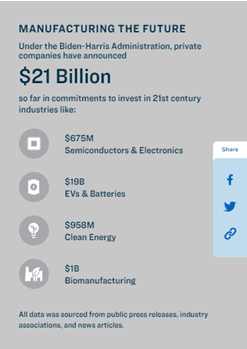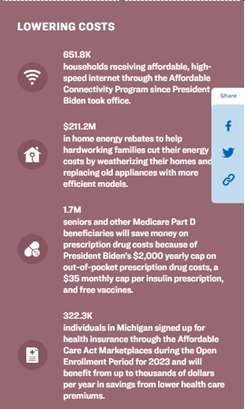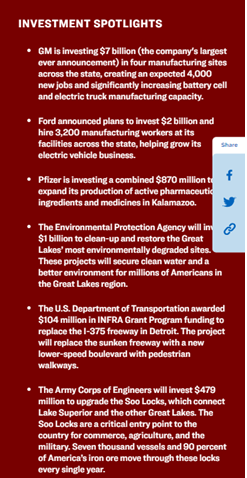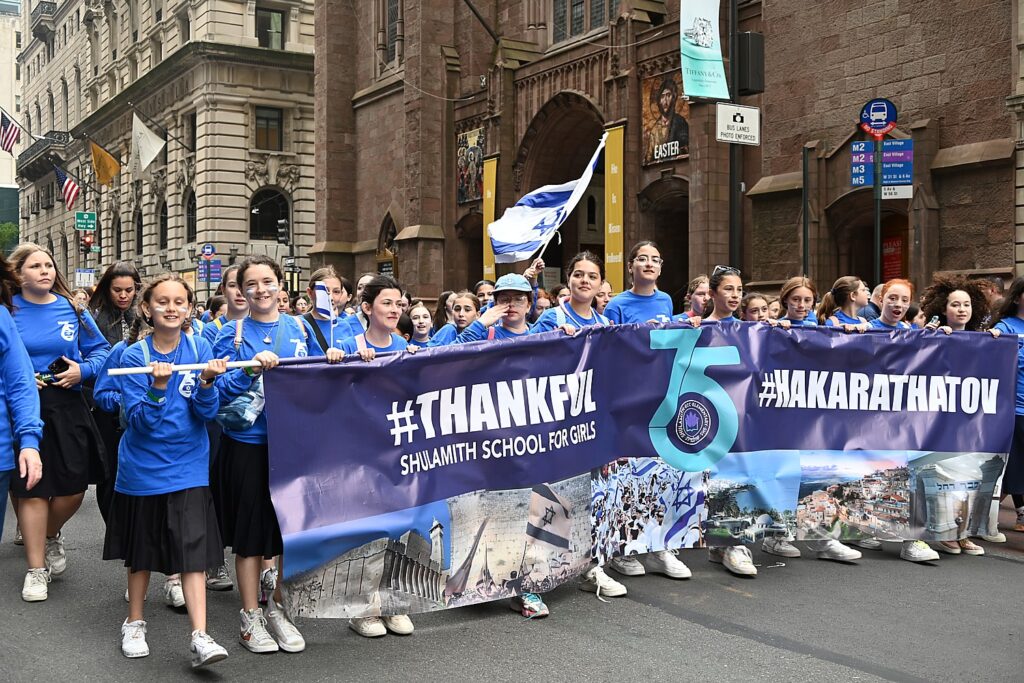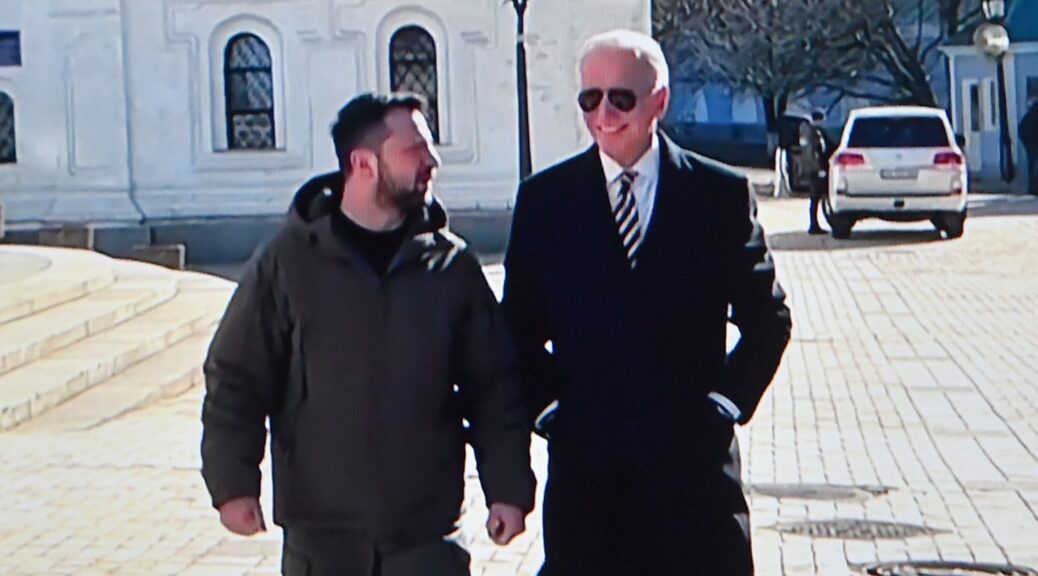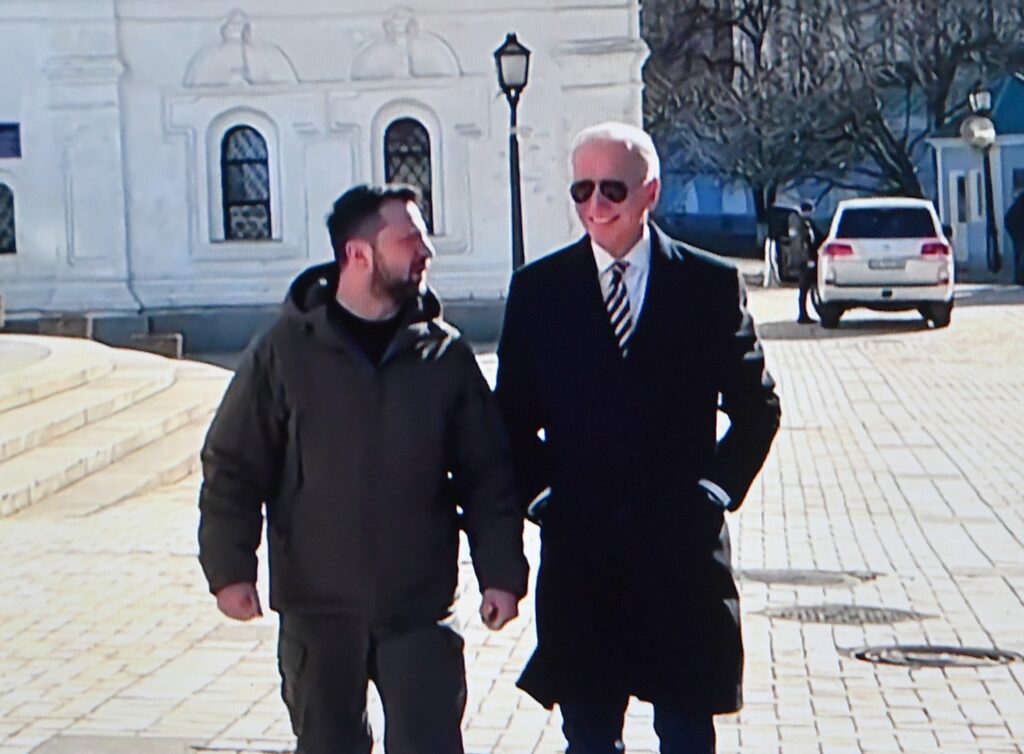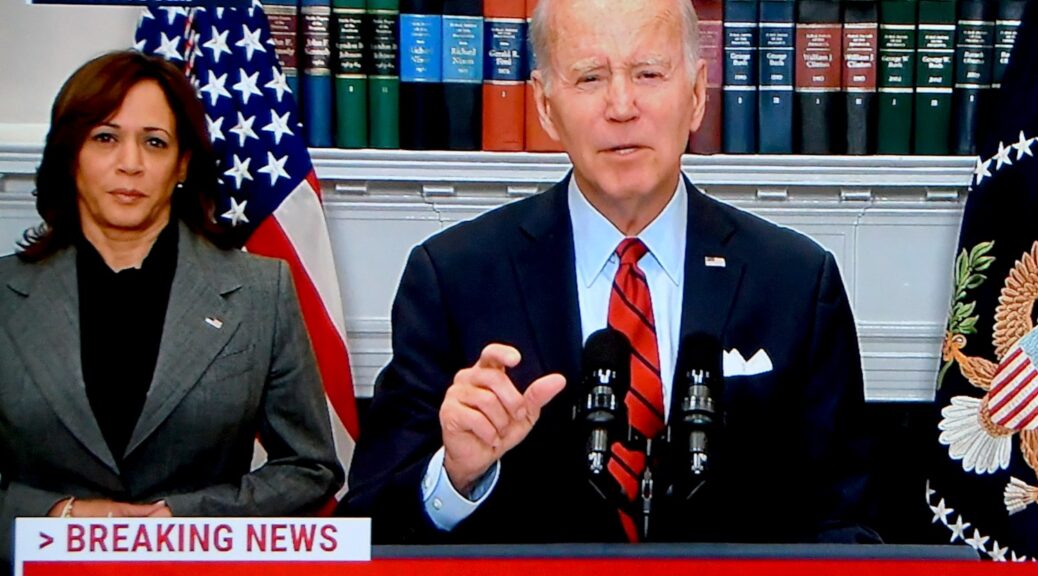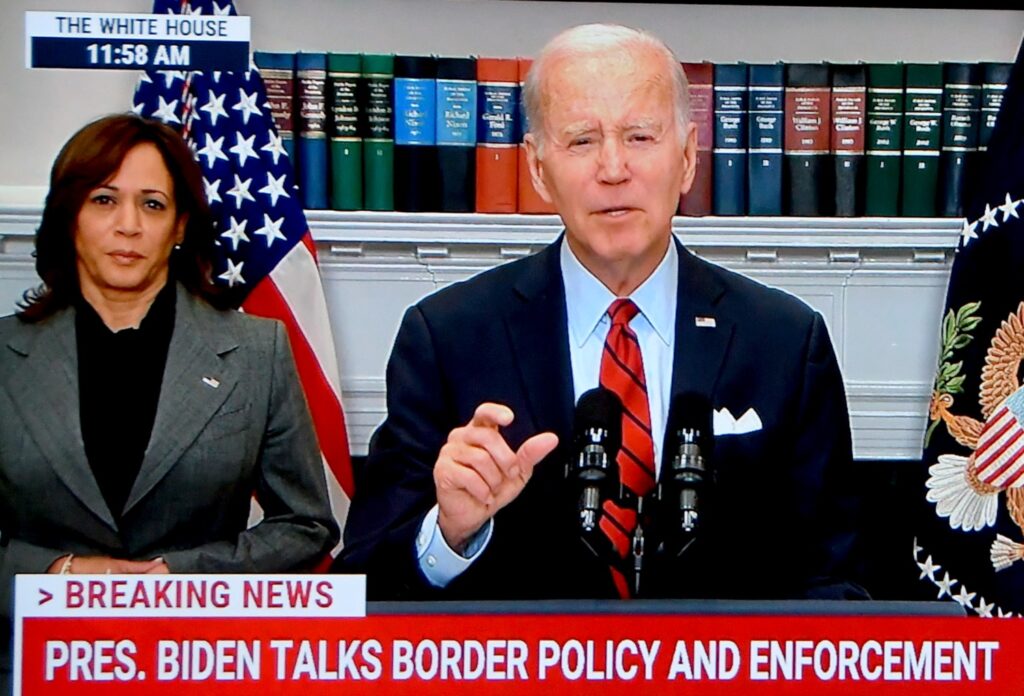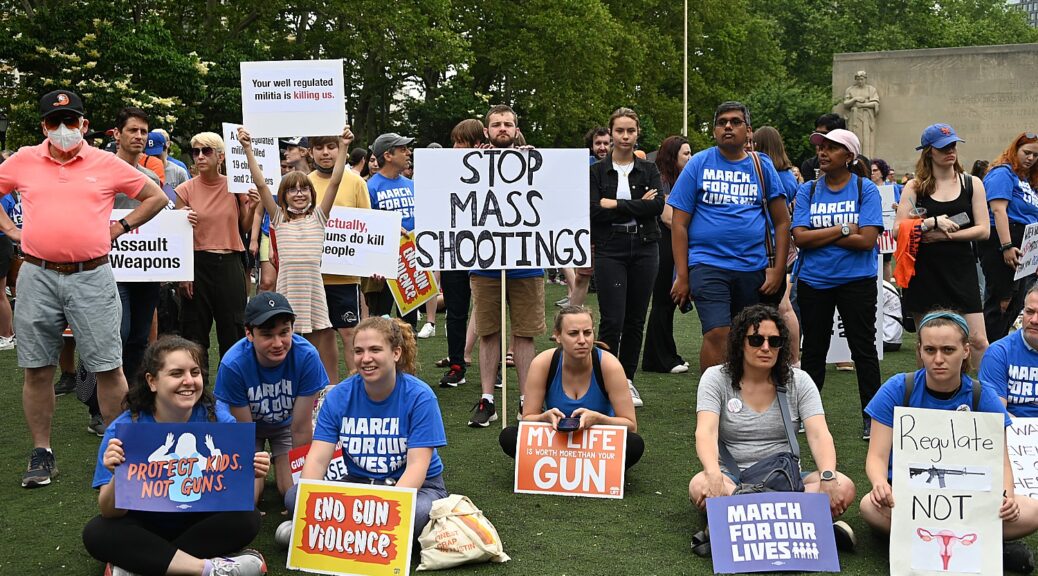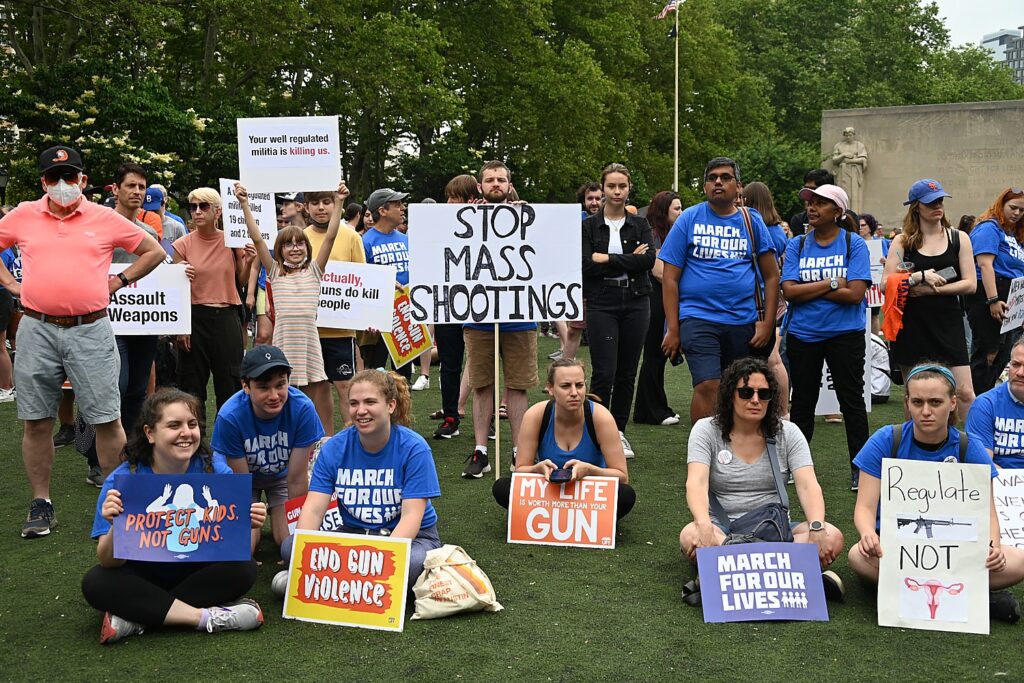Major US manufacturers committing to new investments and hiring in response to historic $50B investment in water infrastructure from President Biden’s Investing in America agenda
Senior executives from major U.S.-based manufacturers and distributors of water infrastructure parts joined senior Biden-Harris Administration officials at the White House to announce new private sector investments spurred by President Biden’s Investing in America agenda. The Bipartisan Infrastructure Law includes a more than $50 billion investment in the nation’s water infrastructure – including $15 billion set-aside for lead service line replacement. This historic investment represents a transformational increase in federal investment in the nation’s drinking water infrastructure over the next five years. By requiring Made in-America products when using federal funding to rebuild infrastructure, President Biden is not only investing in fixing our country’s water systems and replacing lead pipes, but also creating good-paying jobs and new domestic manufacturing.
To meet the increased demand for American-made water products, American manufacturers are stepping up their production capacity with new investments, creating jobs and American industrial capacity in the process. Administration officials have also emphasized the importance of collaborating with unions to ensure these investments build the middle class from the middle out and bottom up, not top-down.
This week, the following firms announced tens of millions in new manufacturing investments and hiring commitments:
- A.Y. McDonald Mfg. Co. is an Iowa-based 167-year-old 5th generation family business with three manufacturing locations in Iowa, and Tennessee, with plans underway to build a state-of-the-art brass foundry in Wisconsin. Since the beginning of 2019, A.Y. McDonald Mfg. Co. has doubled the manufacturing space of their Tennessee facility with a 100,000 square feet addition and has undertaken the largest capacity expansion in the company’s history having invested millions of dollars in new machinery and automation. Their production workforce has grown 45% since the end of 2020. In addition, parent company A.Y. McDonald Industries built a 100,000 square foot warehouse to house finished goods and maintenance supplies to free up additional manufacturing space in the 3 existing A.Y. McDonald Mfg. Co. factories.
- Cerro Flow Products, an Illinois-based pipe manufacturer that is part of the Marmon/Berkshire Hathaway Group – has 100% domestic manufacturing facilities and is currently looking to hire 23 individuals for good-paying union jobs as soon as possible at their Sauget facility. Cerro is also standing ready to add additional shifts at their primary mill, as well as utilize additional manufacturing capabilities at other Cerro sites as demand for water products increases due to federal investments. Cerro has also invested in new workforce development programs, additional upskilling for maintenance and electrical staff, and sponsors a tuition reimbursement program unique to the industry.
- Commercial Forged Products, an Illinois based company that does not normally make water parts, plans to invest $9 million in additional forging and ancillary equipment, while adding 15 new United Steelworker positions across multiple shifts, as well as hire 4 additional skilled machinists in its Bedford Park facility.
- The Ford Meter Box Company, an Indiana-based company, is expanding its production capacity to meet private and public waterworks infrastructure demand in the long term, as well as lead service line replacement project needs in the near term. Ford has hired 40 new employees already this year, added new shifts, and invested in new equipment, all of which will increase production by 20%. The construction of a new 300,000 sq. ft. state of the art foundry will be announced this summer, pending final site selection. The new facility, along with committed downstream manufacturing investment, will increase production an additional 42%. This nine-figure manufacturing investment is the largest expansion project in the company’s 125-year history. Additionally, the continued pursuit of a complementary “investment in people” includes a Manufacturing Support Specialist Program, a two-year training program to advance employees into salaried manufacturing, support, and administrative positions.
- Mueller Water Products, an Atlanta-based company, has invested approximately $150 million in three capital projects in recent years, expanding its U.S. production capacity due in part to the billions of dollars in water infrastructure investments made in the Bipartisan Infrastructure Law. The largest capital project is a new brass foundry located in Decatur, Illinois, which will significantly expand its capacity to produce products, including those commonly used in lead service line replacements. The new foundry, which will replace an existing aging facility, uses a state-of-the-art brass alloy to eliminate dependence on imported Bismuth from China and increases recyclability. The new foundry – expected to be fully online by 2024 and employ United Steelworkers – and other production improvements are also expected to increase Mueller’s production capacity for brass and other water infrastructure products. Mueller already employs about 465 United Steelworkers in Decatur, and the firm’s investments will help replace 100% of lead service lines and deploy the largest single investment in U.S. water infrastructure.
- Quality Steel Products, a Michigan-based firm that previously did not make components in the water space, has committed to expand its business to meet upcoming demand by adding employees and additional shifts, investing millions of dollars in new forging presses and equipment, induction furnaces, transformers and capital improvement process.
Through historic levels of funding from President Biden’s Bipartisan Infrastructure Law and American Rescue Plan, annual appropriations, and harnessing a variety of tools across federal, state, and local government, the Biden-Harris Administration is delivering tangible progress on the groundbreaking Biden-Harris Lead Pipe and Paint Action Plan to replace all lead service lines in America in the next decade.
All Bipartisan Infrastructure Law investments are subject to the Build America, Buy America Act, which requires iron, steel, manufactured products and construction materials used in infrastructure projects to be produced in the United States. President Biden’s Investing in America agenda is revitalizing American manufacturing, including in once hollowed out communities, and creating good-paying jobs across the country. Under President Biden’s manufacturing boom, nearly 800,000 new manufacturing jobs have been created, and private sector companies have announced over $480 billion in manufacturing and clean energy investments since President Biden took office. This week’s announcements provide further evidence his approach to industrial policy is creating good jobs and rebuilding our manufacturing capacity while ensuring every family can access clean, safe drinking water.








